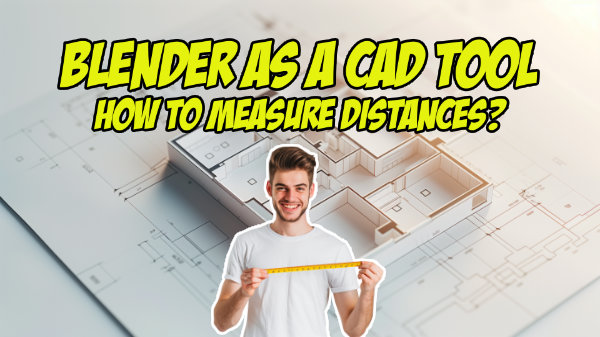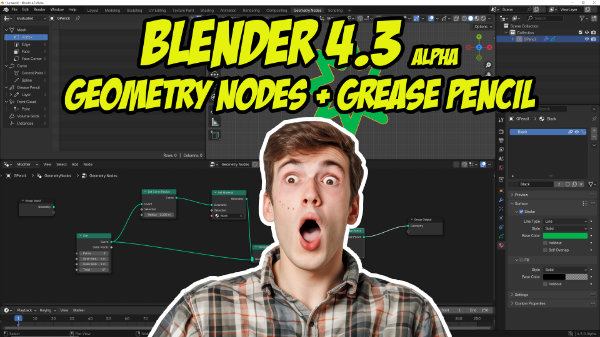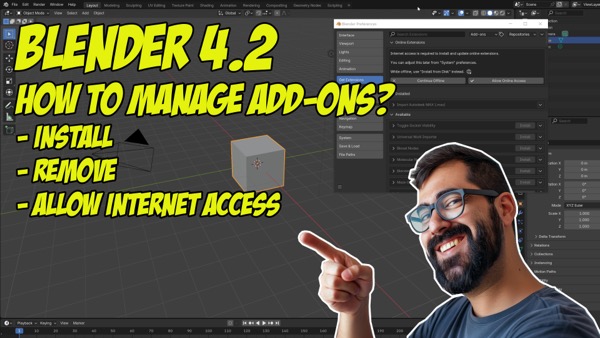
Modeling for architecture: Scripts to automatically create 3d buildings
One of the primary tasks of an architectural visualization artist is to create a 3d model of an architectural project, in order to add lights and textures to create a realistic visualization of the building. Besides the main architectural project, we sometimes have to work on secondary 3d models or builds to compose the environment of the visualization. The need for secondary 3d buildings will depend on several aspects like the camera angle and site location. If the project site is not on an urban environment, there is a useful trick to hide the background of the rendered image, which uses lots of trees placed on key points to hide the background of the image. But, for urban environments the solution generates odd results.
As a matter of fact, it is almost certainly that we will need to create those buildings at some point.
The first option to create secondary buildings for visualization is to model them from scratch, but it would require too much time. Another way to add those buildings on visualization projects is with a few useful scripts that create procedural buildings, with only a few mouse clicks. There are options to create buildings for 3ds Max, Blender 3D and Maya.
For 3ds Max I found the Building Generator one the best options available, and we can create several details for the builds. I even made a small video showing how to work with the script.
Other option for Autodesk Maya is the KludgeCity that can create procedural buildings in a very similar way than Building Generator. The downside of this script for Maya is that all 3d models resemble commercial buildings only, but the levels of detail on the 3d models are incredible. The tool was created using MELScript in Maya.
And to finish the list, we have the Suicidator city generator for Blender 3D which can create buildings and urban environments with a few mouse clicks.
All tools are free to download and use, at least by the time I`m writing this article. They can be really helpful on the process of creating assets for background composing. And not only architectural visualization artists will like the tools, but game designers and animators will mostly enjoy the time saved.





Hey! Thanks for linking to my work.
Don’t forget about Blended Cities
http://jerome.le.chat.free.fr/index.php/en/city-engine/